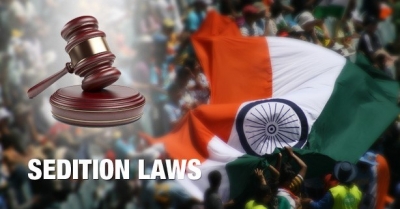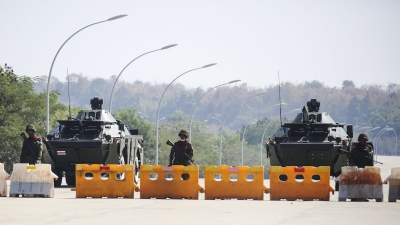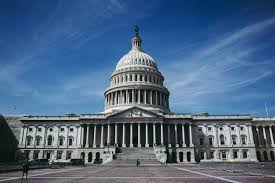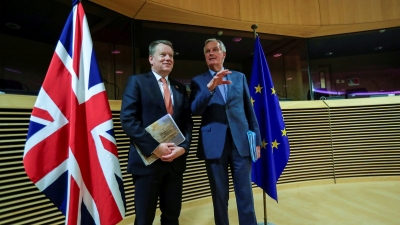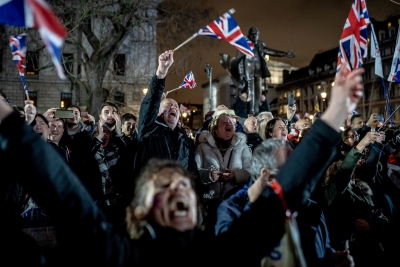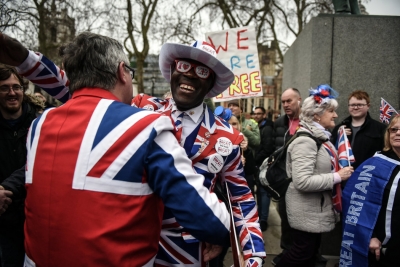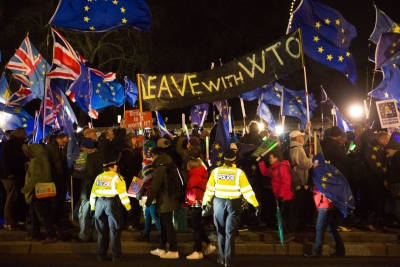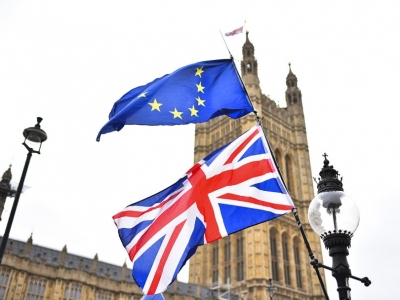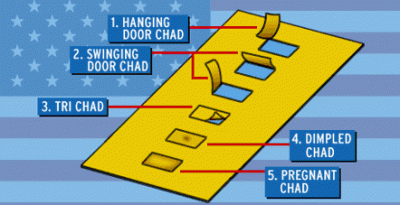What is the Quad?
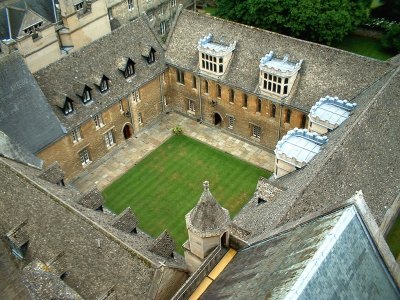
A virtual meeting of the Quad was held recently, during which the Ministers reaffirmed their commitment towards ensuring a free and open Indo-Pacific region. The meeting took place in the backdrop of rising global concerns over China's aggressive military behaviour in the Indo-Pacific South China Sea, and along the line of Actual Control (LAC) in eastern Ladakh. But what is Quad and why was it formed? Let's find out.
The Quad grouping
The Quad or the Quadrilateral Security Dialogue is an informal grouping of four democracies, namely Australia, India, Japan, and the U.S., committed to keeping the critical sea routes in the Indo-Pacific free of any influence. The idea to set up the Quad was mooted by former Japanese Prime Minister Shinzo Abe way back in 2007 amid the growing assertiveness of China in Asia and the Indo-Pacific region, especially in the South China Sea.
The Malabar naval drills
The discussion on the Quad cannot be complete without touching upon the joint naval drills called "Exercise Malabar". This exercise has been conducted over the years in the Philippine Sea, the Bay of Bengal, and the Arabian Sea. What started as a bilateral exercise between India and the U.S. in 1992 became trilateral with Japan's inclusion in 2015. With the addition of Australia in 2020, it has now become a quadrilateral exercise of these, the Malabar drill of 2007 was significant as it was held for the first time in the Bay of Bengal and was expanded to include Japan, Australia, and Singapore in the naval exercise as well. This irked China which protested against the strategic coming together of the countries. Following this, Australia backed out of the drill, and the Quad idea was also shelved. Finally after a decade long gap, the Quadrilateral coalition took shape in Manila on the sidelines of the ASEAN Summit in November 2017. The Quad has seen its revival ever since. The foreign ministers of India, the U.S. Japan, and Australia held their first meeting under the Quad framework in New York in September 2019.
The Quad countries have all faced pressure from China one way or the other. If India witnesses constant border confrontations with China, Australia which is highly dependent on China for trade is slapped with punitive tariffs. China's expansionism in the South and East China Seas poses a security threat to Japan and a challenge to the U.S. The U.S. has been in favour of formalising the Quad and making it a security architecture.
STRATEGICALLY VITAL REGION
The South China Sea and the East China Sea are said to be rich in oil and other natural resources, and are vital to global trade. China stakes a claim to almost all of the disputed SCS, though countries such as Taiwan, the Philippines, Brunei, Malaysia, and Vietnam claim parts of it China has also built islands and military installations in the Sea. The US has challenged China's growing territorial claims over the SCS by deploying warships and fighter jets to patrol and assert freedom of navigation in the region.
QUICK FACTS
- The first-ever Leaders Summit of the Quad took place on March 12, 2021, to discuss the global and regional issues of mutual interest.
- Earlier on February 18, the third ministerial meeting of Quad member countries was held virtually. U.S. Secretary of State Antony Blinken, India's External Affairs Minister S. Jaishankar, Australian Foreign Minister Marise Payne and Japanese Foreign Minister Toshimitsu Motegi attended the meeting.
- The ministers discussed a host of issues, including the recent developments in Myanmar, coronavirus pandemic climate change and furthering cooperation in areas such as maritime security, supply chain resilience and counter-terrorism.
Picture Credit : Google
